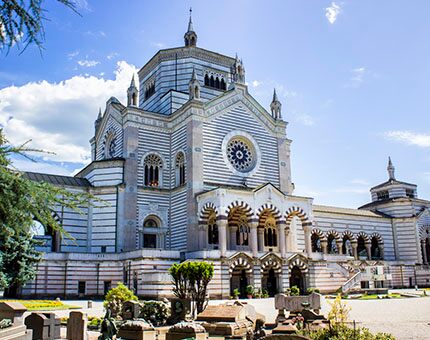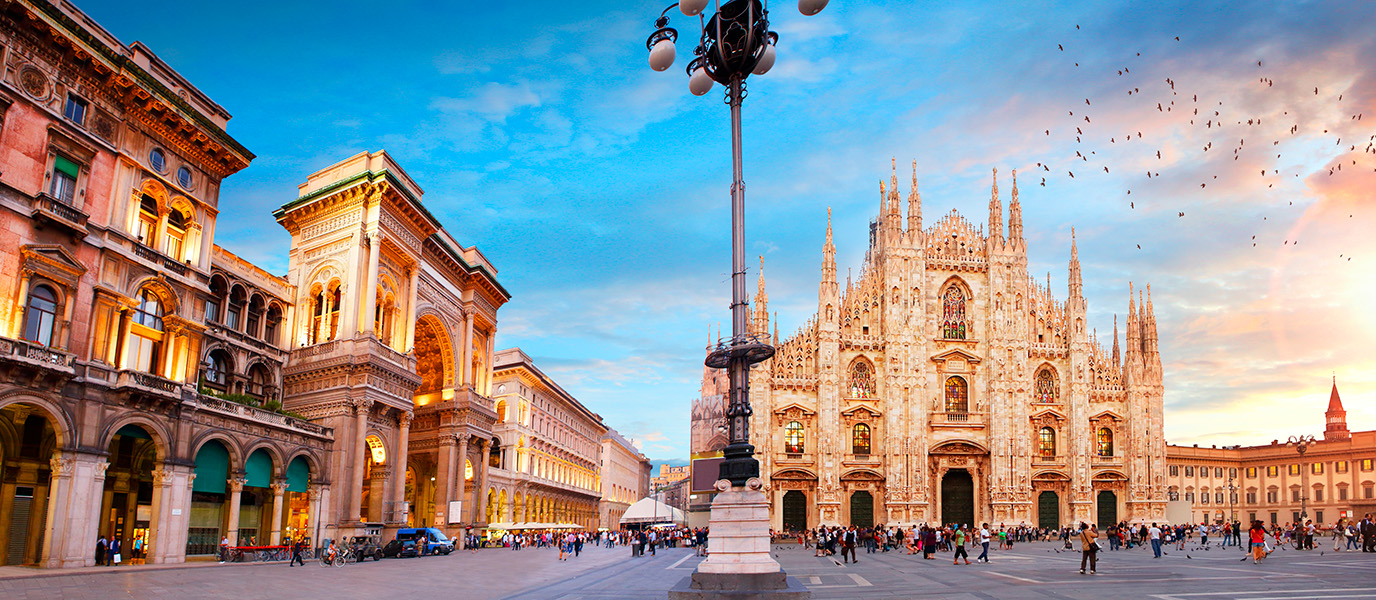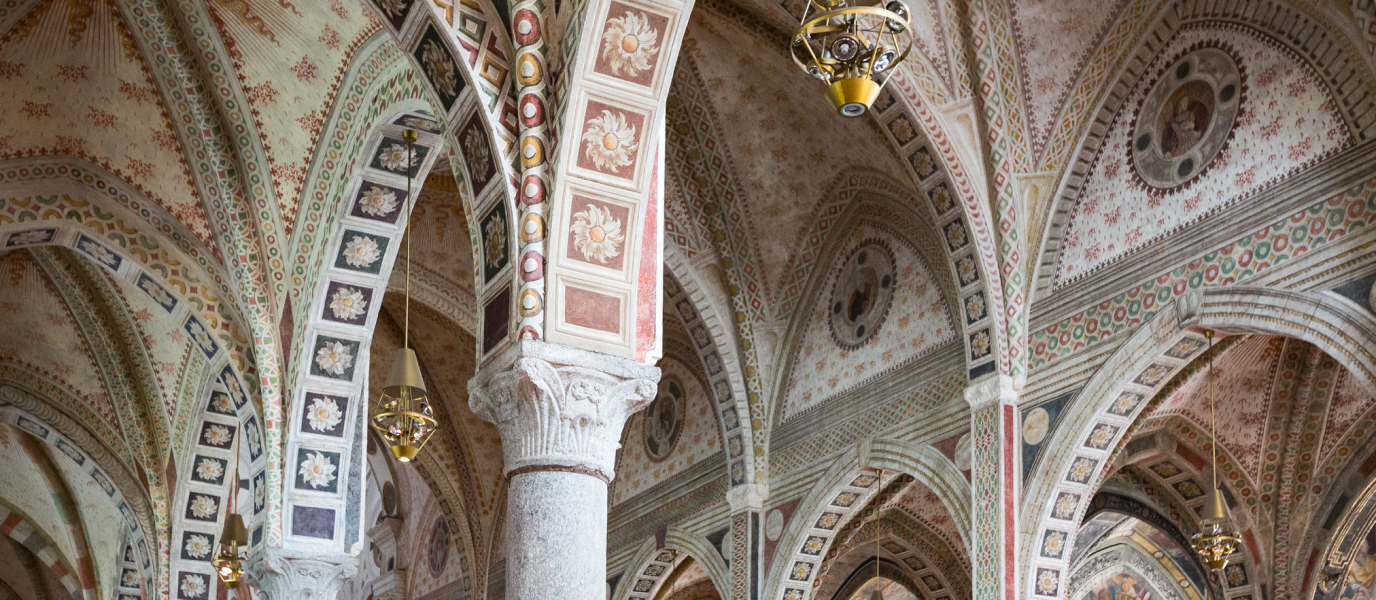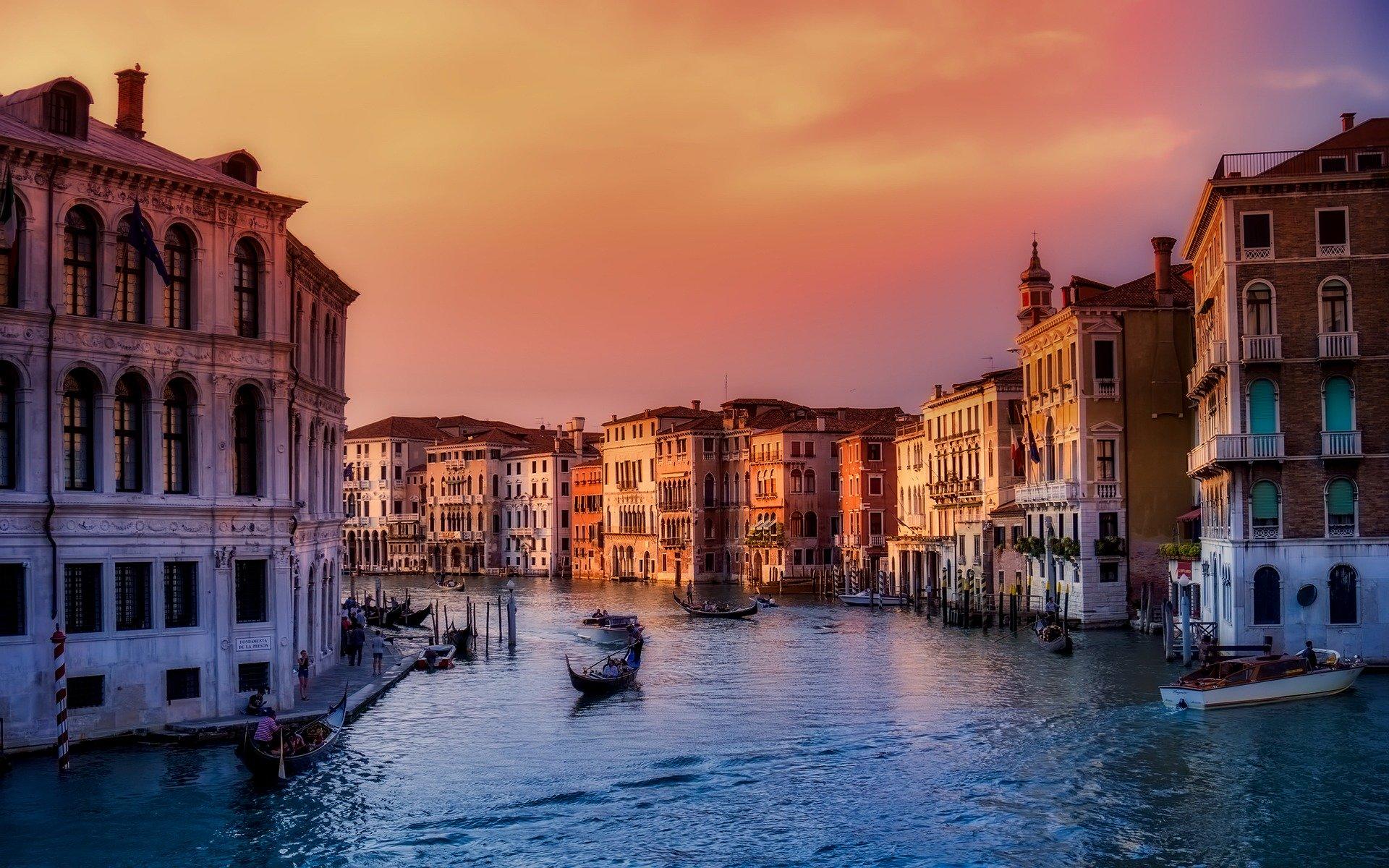Leonardo da Vinci came to the city of Milan in search of a fortune, and he left some of the most important paintings and engineering works of his career. Although he was born in Tuscany, it was in this Italian city where he created many of his greatest works.
There are several locations in Milan where you can see works by da Vinci, but if there’s one that stands out above the rest it’s The Last Supper. And if you want to know where this work by Leonardo is, all you have to do is head to the church of Santa Maria delle Grazie.
The “Cenacolo Vinciano” or “The Last Supper” by da Vinci
The Cenacolo Vinciano, da Vinci’s world-famous masterpiece, was painted between 1494 and 1498, during the reign of Ludovico il Moro, and was declared a World Heritage Site by UNESCO in 1980. It’s also considered a masterpiece in the art world. And the original fresco can be admired in its original location, the refectory or dining room of the former Dominican convent of Santa Maria delle Grazie.
Inspired by the Duke of Milan
The convent and church of Santa Maria delle Grazie were built in 1463 by order of the Duke of Milan, Francesco Sforza, on what was once a small chapel dedicated to Santa Maria delle Grazie. It perfectly combines Gothic styles in its interior, in the oldest part, with a dome in the Renaissance style of Lombardy, the region to which Milan belongs.
In addition to the work of Leonardo da Vinci, in this religious building you can find a chapel decorated with the frescoes Stories of Life and the Passion of Christ, by Gaudenzio Ferrari. The painting The Coronation of Thorns by Titian was in this same chapel, which is now in the Louvre in Paris. There’s also a fresco by Bramantino above the door leading to the sacristy, and in the nave and some of the chapels, works by important architects and painters from the Italian Renaissance, Bernardino Zenale and Benardino Butinone.
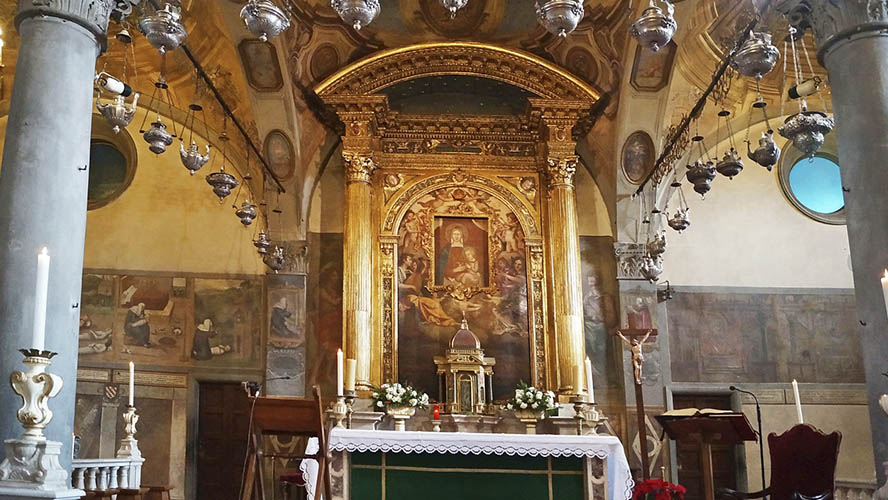
Mural painting of Santa Maria delle Grazie
In 1494, the Duke of Milan, Ludovico Sforza, commissioned Leonardo da Vinci to decorate the dining room of the Dominican convent with a portrayal of the Last Supper of Jesus and his apostles. The work, painstakingly prepared by the artist, is based on the Gospel of Saint John and depicts the moment when Jesus announces that he’ll be betrayed by one of his apostles. It’s the only wall painting by da Vinci that has survived to this day.
Besides its visual beauty, it has a special feature. The prolific artist used a different method other than the traditional fresco, a new method that he christened “secco” because it was a dry wall, choosing to use tempera over plaster. Unfortunately, this experimental method by the artist didn’t help with its conservation, and over the years several restorations have had to be carried out on the work. The last one, which has lasted nearly 20 years, has successfully managed to recover the original parts of the painting, so that we can now admire it in all its original beauty.
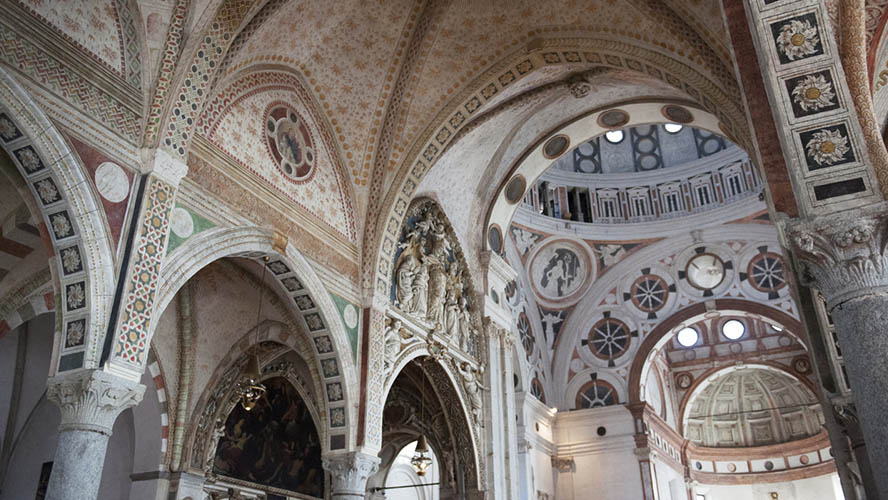
Following in the footsteps of Leonardo da Vinci in Milan
Leonardo da Vinci is one of the most important artistic figures in the history of art. Although he’s best known as a painter, he was also a scientist, inventor, and musician. He produced many of his important works in Milan, so if you’re visiting the capital of Lombardy, you can trace his career and discover some of them.
The most significant, due to its artistic importance and beauty, is undoubtedly “The Last Supper” in the basilica of Santa Maria delle Grazie. This fresco has given rise to much speculation about the figure of Jesus, and there have even been films and documentaries that attempt to explain the mysteries behind this fascinating work.
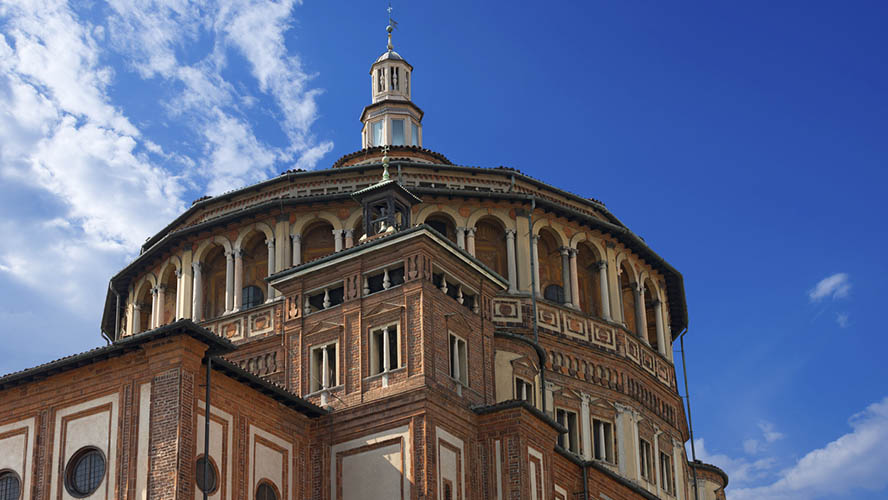
Leonardo in the Castello Sforzesco
Another must-see in Milan if you’re in search of Leonardo’s legacy is the majestic Castello Sforzesco (internal link). Built in the 15th century as a ducal residence, it houses several of da Vinci’s works. In the recently restored Salla delle Asse, there’s a very mysterious mural by the artist. It also houses the Codex Trivulzianus, a manuscript by the artist on architecture.
The Pinacoteca Ambrosiana (internal link), one of the best art galleries in Milan, houses the Codex Atlanticus, over 1,000 handwritten pages with annotations by da Vinci on various subjects.
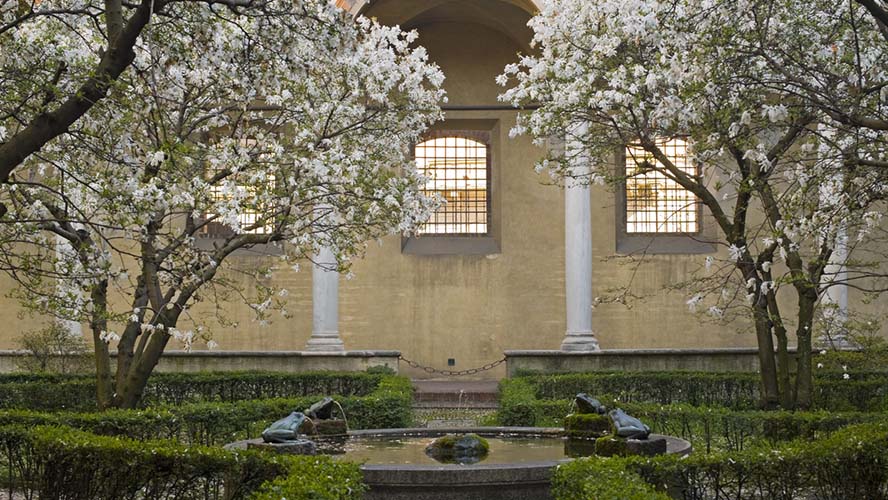
In front of the San Siro racecourse, we find the statue of Il Cavallo, commissioned to Leonardo by Ludovico Sforza, although he only had time to build the mould. The final statue, following da Vinci’s sketches, was built in 1999, and is the largest equestrian statue in the world.
In Milan’s Science Museum, there’s a room dedicated exclusively to da Vinci, where models and mock-ups made according to the instructions of the artist, who was also an engineer and scientist, are on display.
Because of the enormous legacy, in all fields, that Leonardo da Vinci left in Milan, a statue was erected in his honour, signed by the sculptor Pietro Magni. It can be seen since the 19th century in the Piazza della Scala.





































































